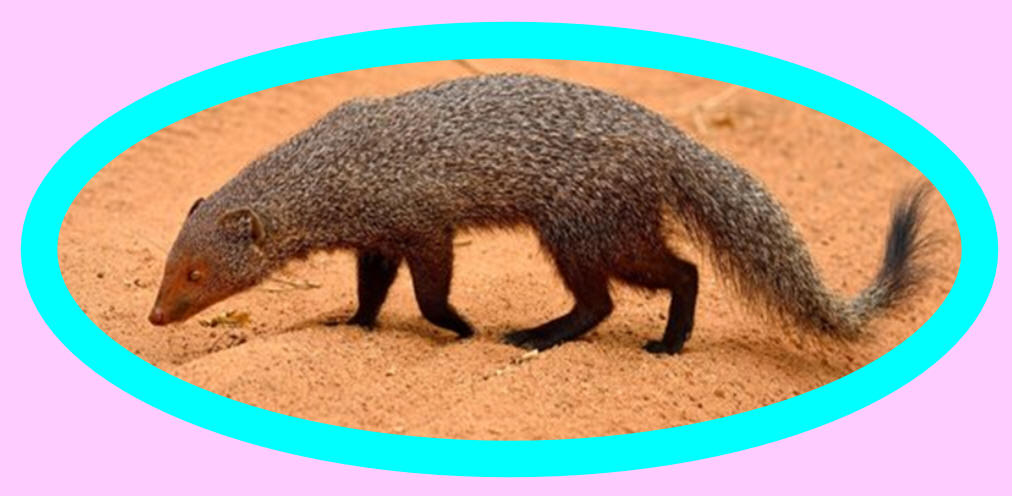பஞ்சதந்திரம் pañca-tantiram , n. pañcan +. The Tamil version of Pañca-tantra consisting of five books, viz., mittira-pētam, cukirl- lāpam, canti-vikkirakam, artta-nācam, acampirēṭciya-kārittuvam; மித்திரபேதம், சுகிர்ல்லாபம், சந்திவிக்கிரகம், அர்த்தநாசம், அசம்பிரேட்சியகாரித்து வம் என ஐம்பகுதியுடையதாய்த் தமிழில் மொழிபெயர்க் கப்பட்ட நூல்.
1. மித்திரபேதம் = mittira-pētam = Sowing discord among friends.
2. சுகிர்ல்லாபம் = cukir-l-lāpam = the acquisition of friends.
3. சந்திவிக்கிரகம் canti-vikkirakam = Associating with a foe with a view to ruin him.
4. அர்த்தநாசம் artta-nācam = Loss of wealth.
5. அசம்பிரேட்சியகாரித்துவம் a-campirēṭciya-kārittuvam , n. a-sam-prēkṣya-kāri-tva. Action without forethought.
Inspiration: N.Natchiyappan

1.
A Brahmin in the town was a horoscopist and astrologer for the king.
Since his wife had no children, she raised a mongoose with love and
care.
2.
The Brahmin showered his love on the mongoose. He kept the mongoose on
his lap, on his chest, embraced it, kissed it, and fed rice and milk by
his hand. He placed it on his chest and let it go to sleep. While he
raised the mongoose in this loving manner, the couple discovered the
woman of the house was pregnant.
3.
Since he was a horoscopist and astrologer, he predicted the birth of a
son. "He will be well-versed in the four Vedas, command plenteous
wealth, and influence and support his parents and the family. He will be
the famous priest and prognosticator for the king and live for a hundred
years."
4.
His wife told him not to dream up like that. Let things happen at their
own pace and time.
5.
She carried the child to full term and delivered a boy baby. After the
baby's birth, she went to a stream to purify herself after childbirth.
This purificatory ceremony is something like churching women after
childbirth in the Christian tradition. The father remained home minding
the child.
6.
The king's minions came to invite him for the Sirāttham (Oblation to
manes). If he did not attend the ceremony, other Brahmins would receive
the gifts, and he would forego them. He brought the mongoose, placed it
near the baby, and left for the palace. There was no other person to
watch the baby.
7.
After the sirāttham was over, the Brahmin came home with a sack of
clothes, rice, and dal.
8.
When he was in the palace, a poisonous snake entered the house and
slithered towards the baby. The mongoose jumped on it and cut it into
pieces. Its mouth was dripping with blood, and the mongoose wanted to
show it to the Brahmin as evidence of what it did and stood at the
entrance to the house with pride and joy. When he saw the mongoose with
blood in the mouth, he thought it bit his child and beat it to death
with a club. He entered the house with anxiety and saw the baby smiling.
At a far distance, he found the snake in several pieces. Then only he
realized what happened. Without proper investigation, killing the
mongoose caused him the guilt of killing the mongoose he raised so
dearly. He carried on beating his mouth and stomach and throwing mud on
his head like a maniac. I raised you better than my child. You chose me
as the death messenger. He fell on the body of the mongoose and banged
his head on the floor. He cried, and seeing the dead mongoose, he broke
out again crying. His wife seeing the dead mongoose, cried, and her
heart melted like wax. Doing things without proper investigation
engenders sorrow, the wife said and sobbed.
9.
For the sin of killing the mongoose, they performed an expiative
ceremony and removed their sorrow to a certain extent.